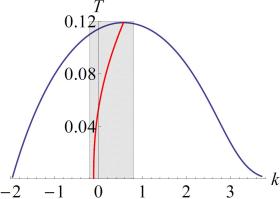CQG has never published a movie review before. It is therefore with appropriate humility that I offer a review of Interstellar. This scifi epic wins the historic honor because it lists a physicist, Kip Thorne, as an executive producer, and is advertised as based on his theories. Indeed, the movie plot and graphics do involve ideas of relativity in very important ways.
In the spirit of disclosure I state, right up front, that I am not a fan of science fiction, but am a fan of Kip Thorne; like many of his former students I have remained a friend. My fan/antifan biases should cancel and leave me to do the objective job that a scientist is expected to do.
This is not, of course, a review for the general public. CQG is seldom found in the waiting room of dentists. If you Continue reading







You must be logged in to post a comment.